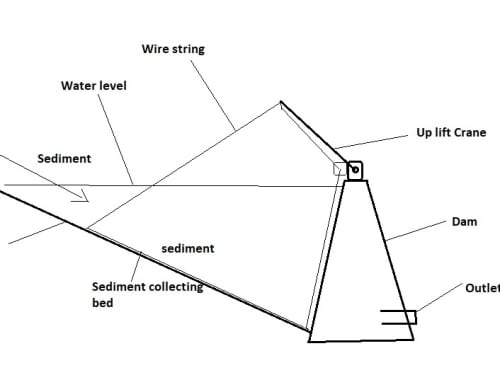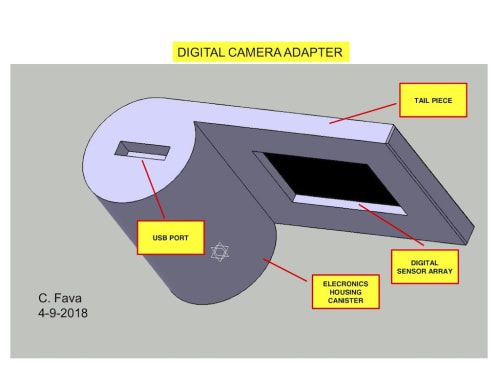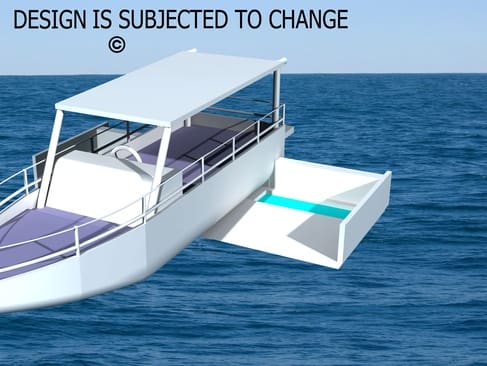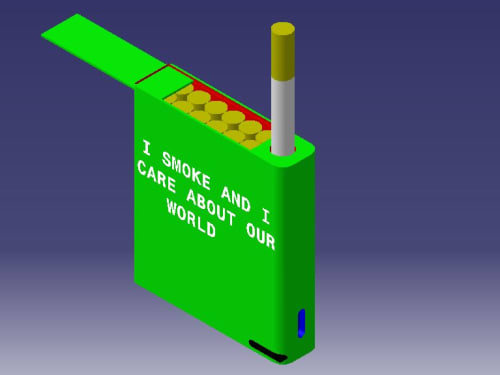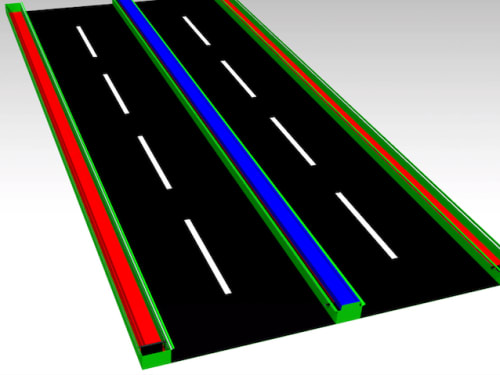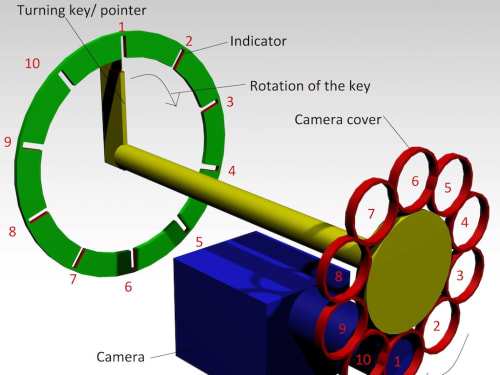Congratulations to Our 2025 Grand Prize and First Place Winners!
Imersiv, a breakthrough technology that improves audio performance by 100X compared to today’s very best audio equipment for applications ranging from sound engineering to space missions to medical imaging, was named the $25,000 grand prize winner at a live finalist round held November 7 in New York. Click here for the full list of winners. Also see the Top 100 highest scoring entries. Special thanks to our esteemed panel of judges.
Help build a better tomorrow
Since Tech Briefs magazine launched the Create the Future Design contest in 2002 to recognize and reward engineering innovation, over 16,000 design ideas have been submitted by engineers, students, and entrepreneurs in more than 100 countries. Join the innovators who dared to dream big by entering your ideas in our 2026 contest opening March 1.
Read About All the 2024 Winning Inventions

Special Report spotlights the eight amazing winners in 2024 as well as honorable mentions in each category, plus the top ten most popular entries as voted by our community.
Click here to read moreA ‘Create the Future’ Winner Featured on ‘Here’s an Idea’
Spinal cord injury affects 17,000 Americans and 700,000 people worldwide each year. A research team at NeuroPair, Inc. won the Grand Prize in the 2023 Create the Future Design Contest for a revolutionary approach to spinal cord repair. In this Here’s an Idea podcast episode, Dr. Johannes Dapprich, NeuroPair’s CEO and founder, discusses their groundbreaking approach that addresses a critical need in the medical field, offering a fast and minimally invasive solution to a long-standing problem.
Listen nowThank you from our Sponsors
“At COMSOL, we are very excited to recognize innovators and their important work this year. We are grateful for the opportunity to support the Create the Future Design Contest, which is an excellent platform for designers to showcase their ideas and products in front of a worldwide audience. Best of luck to all participants!”
— Bernt Nilsson, Senior Vice President of Marketing, COMSOL, Inc.
“From our beginnings, Mouser has supported engineers, innovators and students. We are proud of our longstanding support for the Create the Future Design Contest and the many innovations it has inspired.”
— Kevin Hess, Senior Vice President of Marketing, Mouser Electronics
contest
Contest
This project is about an automated sediment collection for a dam that is one of the biggest challenges of hydropower enegineering. The main problems that are shown on a dam concerning sediment are that it is very difficult to manage sediments once they are at a low level.
The advent of digital cameras have rendered many fine, quality film based 35 m/m cameras obsolete. Many consumers and photographers still own these film based camera’s and would desire to continue using them
Ocean plastic waste is as challenging as the land or city plastic waste management. Because of this plastic waste, many aquatic living organisms are in danger. Every year, 8 million metric tons of plastic end up in our oceans. It's equivalent to five grocery bags filled with plastic for every foot of coastline in the world.
The relation between producers and the society is simple. Producers manufacture products in order to profit from the product consumption from society. One of the problems is after consumption there will be waste or garbage. This garbage management is done mostly by government bodies. The garbage management may include recycling, turning the garbage in to power and so on.
A pack or packet of cigarettes is a rectangular container, mostly of paperboard, which contains cigarettes. The pack is designed with a flavour-protective foil, paper or plastic, and sealed through a transparent airtight plastic film. By pulling the "pull-tabs", the pack is opened. Hard packs can be closed again after opening, whereas soft packs cannot.
Because of poor visibility due to water turbidity caused by planktons, suspended impurities, etc., undersea image enhancement has specific difficulties. More turgid water gives images more of a green hue.
This project is about using a different color beam to cancel the color green hue that makes pictures blur when taking underwater pictures. As stated by the client,
As the global population continues to grow every year, so too does the demand for agricultural products. To continue feeding the world without damaging the environment is one of the greatest challenges faced by society, and can only be achieved by increasing the efficiency and sustainability of agricultural production.
One of the major problems caused by sand storms or wind is the highway problem. Roads are covered by sands on regular basis blocking traffic. The cleanup is time-consuming, require many manual works and not fast enough. The main problem this project solves is the sand problem in highways of UAE.
Autonomous vehicles require multiple optical sensors, such as cameras or LIDAR, in the car’s body on all sides. Today, such sensors are mostly used for parking assistance.
In automated driving, the accurate function of these sensors is required to ensure safe driving. Contaminants such as dirt, dust, organic material and different phases of water (ice, rain, snow, etc.
This project is about building a new mechanism that can sort live aquatic animals in dams from intake canal without imposing any health risk on the animals and with lower operational cost than existing fish screen configuration to prevent them from damaging the power plant and themselves. This is done by using a sorting mechanism.
Page 324 of 1029

